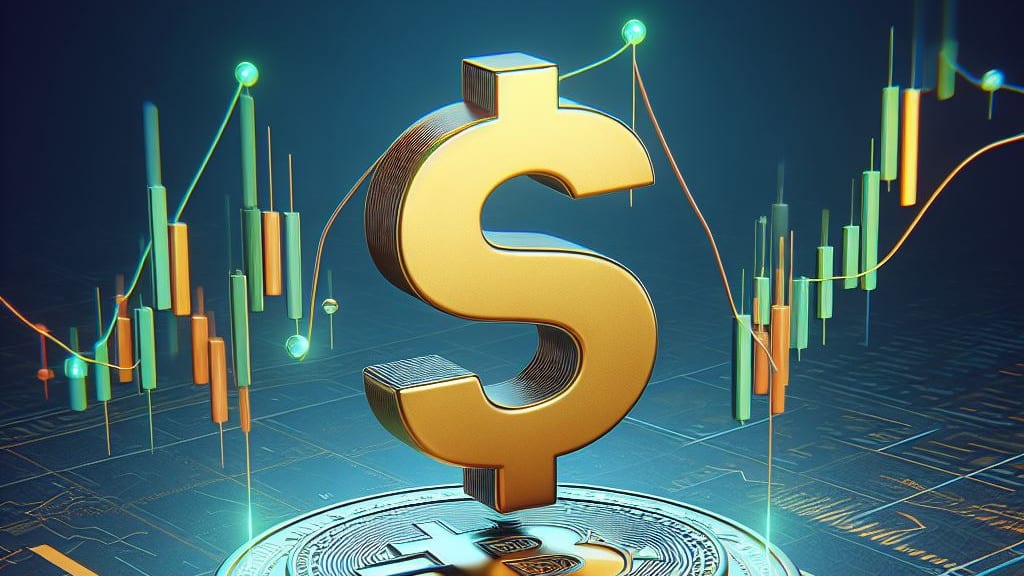Tether and Dai Rated Low in S&P Global’s Rating for Top Stablecoins


In Brief
S&P Global’s rating of major Stablecoins assigned low scores to Tether and Dai, highlighting the varied risks and transparency issues.

Prominent credit rating firm S&P Global announced risk assessments for eight leading Stablecoins, assigning lower scores to popular Stablecoins Tether and Dai. The ranking aimed to reflect the growing importance of stablecoins in the financial world and the need for thorough risk evaluation.
Unlike the traditional triple-A to default range used for governments and companies, S&P’s scale for Stablecoins ranges from 1 to 5. This scale assesses the qualities and drawbacks of Stablecoins, with scores subject to change like traditional credit ratings.
Tether, the most widely used Stablecoin and Dai, the fourth most popular, both received a “constrained” score of 4 in S&P’s new system. TrueUSD being the fifth most popular, has been graded a “weak” 5, indicating concerns about their underlying assets and reserve transparency.
Factors Influencing S&P Global‘s Stablecoin Scores
The scores highlight several factors, including the nature and transparency of the assets backing the stablecoins and the creditworthiness of institutions holding these assets. For Tether, the low score results from unclear information about its reserve assets and exposure to riskier assets.
In contrast, USD Coin — the second most popular Stablecoin, received a “strong” 2 rating, alongside Gemini Dollar and Pax Dollar. These ratings suggest a more robust and transparent backing compared to their lower-scored counterparts.
Stablecoins employ various methods to maintain their value or “peg,” such as pools of fixed-income assets, overcollateralization and mechanisms for early liquidation or support against adverse value movements.
Other factors impacting the Stablecoin scores include regulation and supervision, governance, transparency, volatility, liquidity and redeemability. These elements play a critical role in determining the overall stability and reliability of a Stablecoin.
The assessment by S&P Global marks a significant step in recognizing and quantifying the risks associated with Stablecoins, highlighting the need for greater oversight and transparency in the market, especially following high-profile collapses like TerraUSD and Luna.
Disclaimer
In line with the Trust Project guidelines, please note that the information provided on this page is not intended to be and should not be interpreted as legal, tax, investment, financial, or any other form of advice. It is important to only invest what you can afford to lose and to seek independent financial advice if you have any doubts. For further information, we suggest referring to the terms and conditions as well as the help and support pages provided by the issuer or advertiser. MetaversePost is committed to accurate, unbiased reporting, but market conditions are subject to change without notice.About The Author
Nik is an accomplished analyst and writer at Metaverse Post, specializing in delivering cutting-edge insights into the fast-paced world of technology, with a particular emphasis on AI/ML, XR, VR, on-chain analytics, and blockchain development. His articles engage and inform a diverse audience, helping them stay ahead of the technological curve. Possessing a Master's degree in Economics and Management, Nik has a solid grasp of the nuances of the business world and its intersection with emergent technologies.
More articles

Nik is an accomplished analyst and writer at Metaverse Post, specializing in delivering cutting-edge insights into the fast-paced world of technology, with a particular emphasis on AI/ML, XR, VR, on-chain analytics, and blockchain development. His articles engage and inform a diverse audience, helping them stay ahead of the technological curve. Possessing a Master's degree in Economics and Management, Nik has a solid grasp of the nuances of the business world and its intersection with emergent technologies.






















































